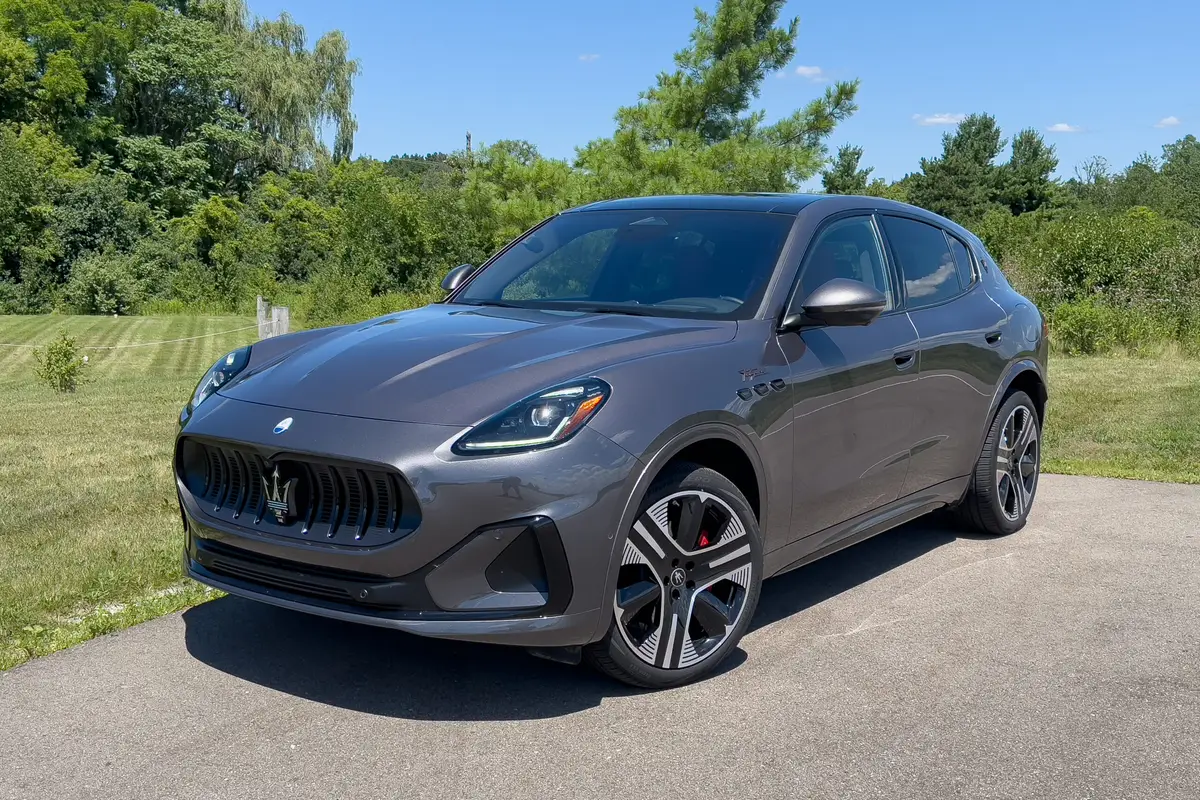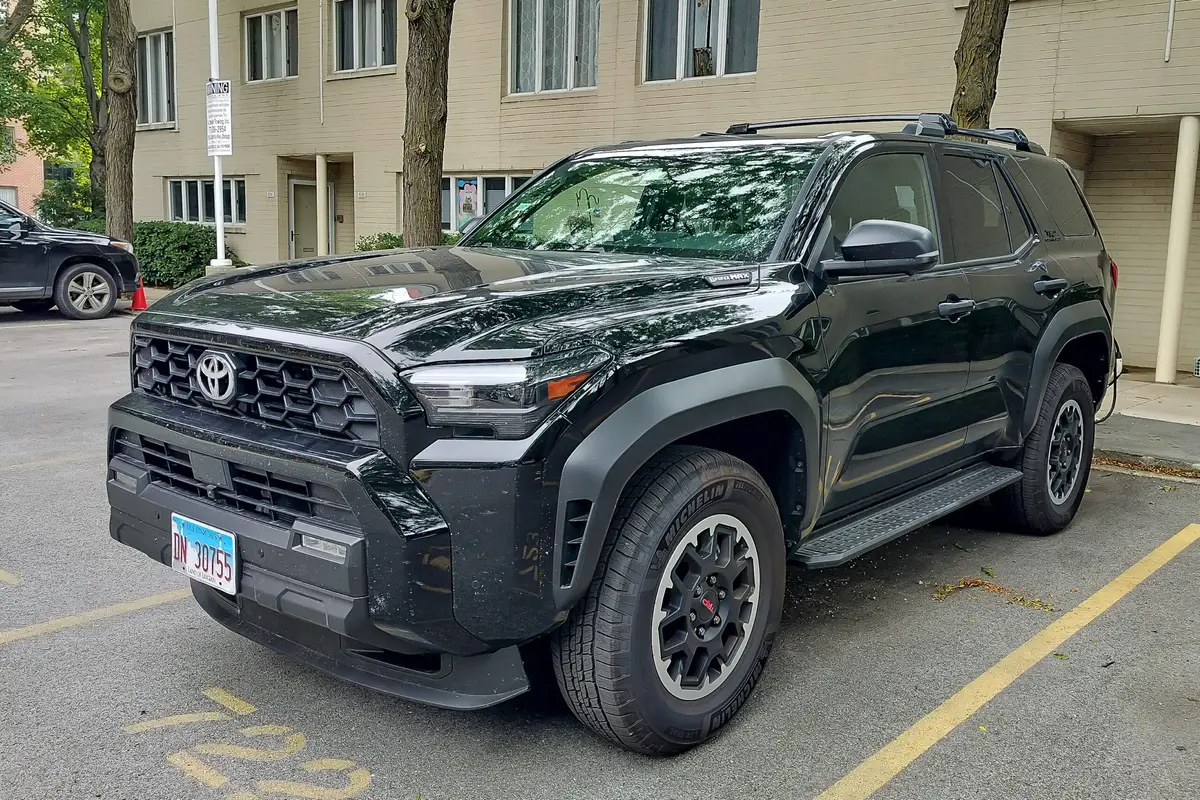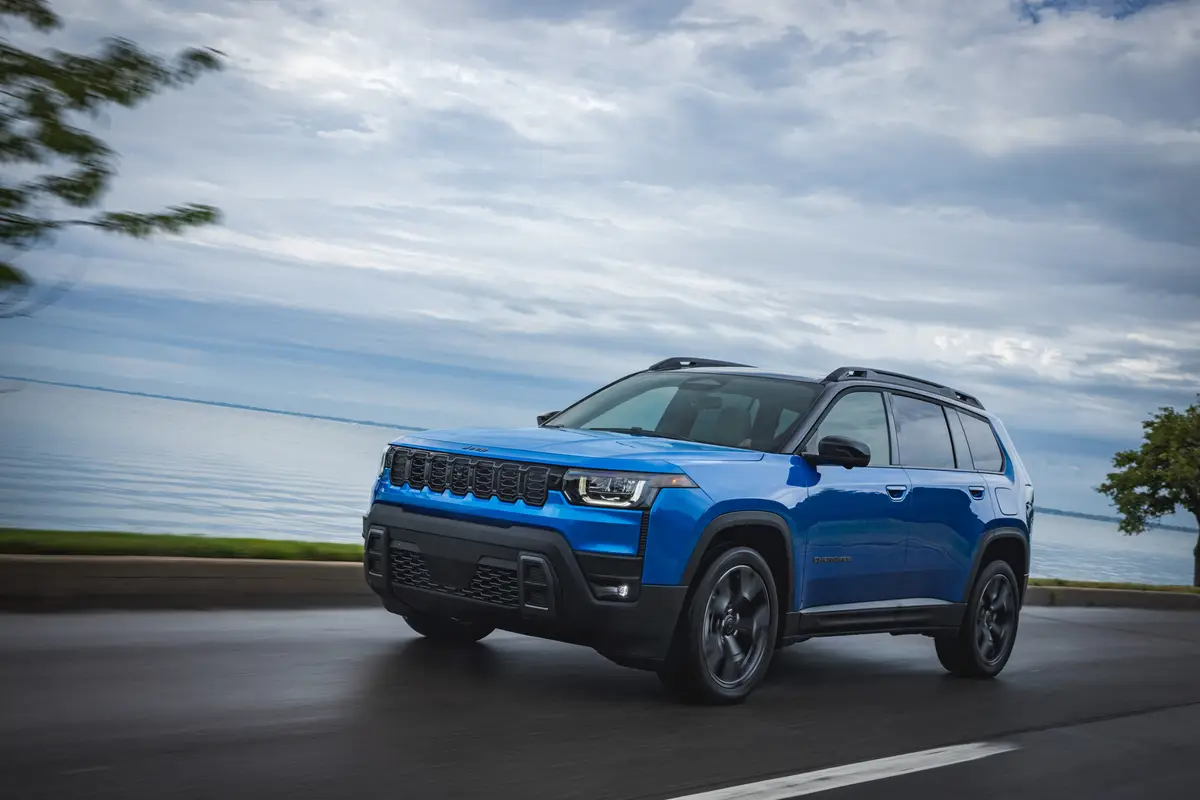Four Ways to Lift Your Truck for Less

Truck owners are always looking for ways to improve the appearance and performance of their vehicles. Raising the ride height is one of the most popular upgrades, as it allows you to add larger-diameter wheels and tires without any rubbing or contact against the vehicle’s fenders.
A slightly taller truck with some aftermarket all-terrain or mud-terrain tires not only looks great, but it can also dramatically add to ride comfort and improve traction in a variety of road conditions. Heavy-duty and work trucks can also benefit from being lifted, as bigger tires often carry an increased load rating, which can improve the ride and safety when hauling heavy tools or cargo, and for vehicles that constantly tow a trailer.
There are many methods to raise a pickup that range in price from under $100 for simple coil spacers to well over $3,000 for a full suspension system.
For the average truck enthusiast, a low-budget method is always the first choice. Here are the best low-cost methods to lift your pickup that won’t void your truck’s warranty, yet still give your vehicle the amount of ride height it needs to add the tires and wheels you want.
Related: Pickup Trucks 101: How to Lift a Pickup
Torsion Keys
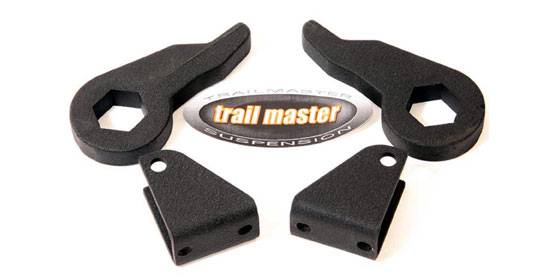
Many four-wheel-drive trucks use a torsion bar suspension system. Torsion bars are actually springs that twist rather than compress like a coil spring. The vehicle’s factory torsion keys hold the bars in place and provide some preload so the bar can keep the vehicle at a factory-set ride height. Adjusting the factory torsion keys is tempting and will add some height, but it can come at the expense of excessively preloading the suspension, which can result in a harsh ride and add premature wear to the rest of the suspension.
Aftermarket torsion keys cost anywhere from $100 to $150 and will add 1 to 1.5 inches of ride height that’s good for a tire about 1 inch taller than the factory size. Aftermarket torsion keys can also maintain the factory preload settings to maintain a smooth ride and will often come with shock extensions that keep the shock’s range of travel within factory specifications.
Look for forged keys, which are stronger than cast units and will provide much longer service life, especially if the vehicle will be under heavy loads.
Leveling Kits
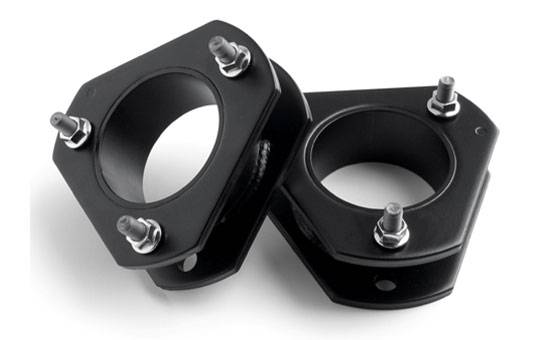
Leveling kits are extremely popular and can add 1 to 3 inches of ride height to most pickups using a front coil spring or coil-over strut suspension system. The term is derived from the fact that most pickups are taller in the rear than in the front, and raising the front suspension allows the truck to sit level.
Depending on the vehicle’s make and model, leveling kits can use a variety of methods to lift the vehicle. These include polyurethane coil spring spacers that fit between the coil spring and the inside of the spring perch. Some use aluminum spacers or strut extensions that sit on top of the coil-over strut unit. Others use blocks and U-bolts that will raise the ride height on leaf-spring vehicles.
Leveling kits cost as little as $30 for simple polyurethane coil spacer kits to $500 or more for kits that include shocks, anti-sway bar end links and other components needed to keep the suspension geometry in its original location.
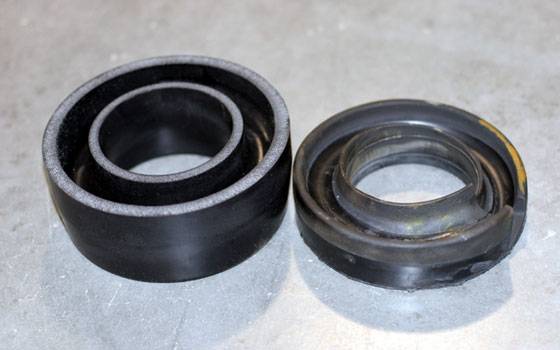
For the low cost, leveling kits work great for adding tires that are 1 to 2 inches taller than your truck’s original tires. They are also easy to install for the experienced home mechanic, but some kits may require a spring compressor tool. The tool is necessary to remove the coil spring preload on models using a factory coil-over strut assembly. If you don’t have access to this tool, you should have a qualified mechanic or truck specialty shop do the installation.
The advantage of a leveling kit is that it doesn’t affect the ride of the vehicle or cause any warranty issues. If your truck or SUV is on a lease program, the leveling kit can be easily removed and restored to stock. In addition, there are leveling kits for just about every make and model pickup available (front-wheel and four-wheel drive), making these kits one of the most popular methods to lift your vehicle.
Body-Lifts
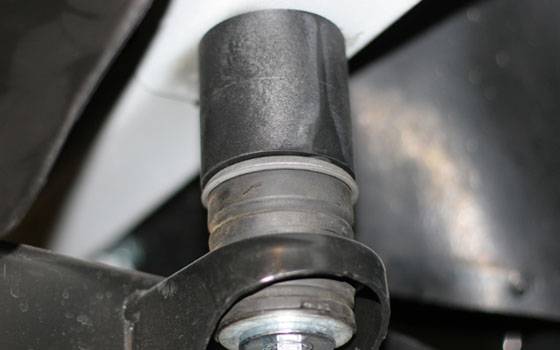
Before trucks and 4x4s had independent suspension systems and integrated coil-over struts, body-lifts were a popular way to add as much as 3 inches of ride height. The advantage of a body-lift is that it doesn’t affect the vehicle’s suspension and provides enough ride height to fit tires that are 2 or 3 inches taller than the original tires (typically a 32- to 33-inch tire).
Body-lifts are popular because they are inexpensive, ranging from $110 to $600. Depending on the truck’s make and model, they can provide more ride height than leveling kits alone.
Body-lifts use urethane blocks that are stacked on top of the factory body mounts to raise the body above the frame. Because a wider gap is formed between the truck’s body and frame, the bumpers and some components of the vehicle also need to be altered. This is accomplished with heavy-duty bumper brackets and spacers that are typically included in the kit. In addition, the steering shaft must be extended. Because of this, many truck owners look for kits that include a high-quality CNC machined steering extension as well as Gap Guards that fit in the vehicle’s wheel wells and hide the space between the frame and body.
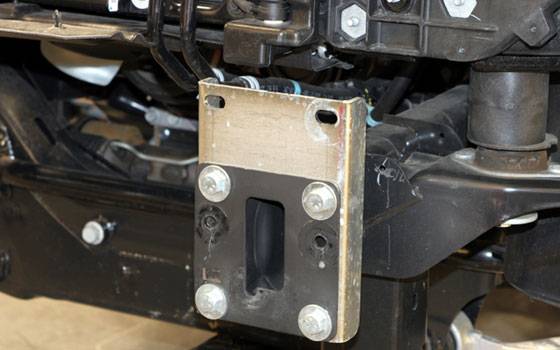
Body-lifts typically take six to eight hours to install, depending on the vehicle, but the overall effect provides plenty of wheel and tire clearance for most popular tire upgrades. Furthermore, they don’t affect the factory ride or cause any warranty issues with your vehicle.
Premium Lift Systems
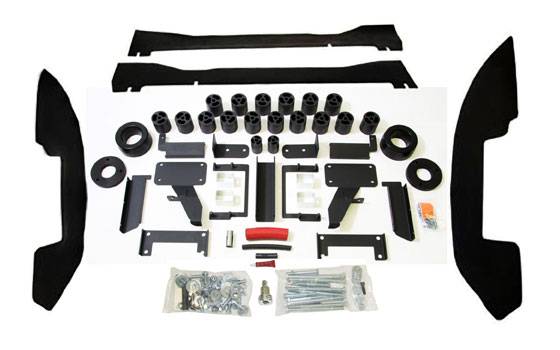
A relatively new concept is to combine a leveling kit and body-lift to provide a comparable ride height to that of a full suspension kit at a fraction of the cost. Depending on the vehicle, a Premium Lift System can provide up to 6 inches of lift without affecting the vehicle’s factory suspension geometry and ride. For enthusiasts wanting to go big and add 33- to 35-inch off-road tires, a Premium Lift System makes a perfect choice.
Premium Lift Systems include everything from coil spring spacers, bumper brackets, body-lift blocks, hardware, a steering column adapter, Gap Guards and everything else you need to raise the vehicle in about six to eight hours.
Depending on the vehicle make and model, a Premium Lift System can cost $219 to $900, leaving you with enough cash to lift the vehicle and buy the tires you want all at once.
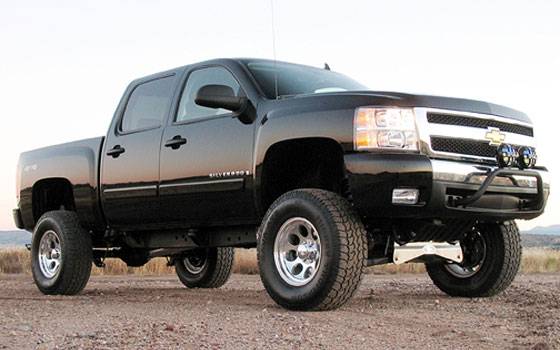
Because these types of systems don’t affect the factory warranty, many truck dealerships are installing them onto some of their inventory, appealing to customers who want the look of a full-suspension system with aftermarket wheels and tires straight off the showroom floor.
No matter which method you choose, look for high-quality parts that are made in the U.S. Beware of lower-priced “bargains,” as they often don’t include all of the components and you’ll end up purchasing more parts to get the job done in one sitting. Either way, your final decision will ultimately depend on the size of tires you want to fit under your pickup. With the variety of inexpensive lifting methods, the cost of personalizing your truck has become much more affordable and enjoyable.
Cars.com’s Editorial department is your source for automotive news and reviews. In line with Cars.com’s long-standing ethics policy, editors and reviewers don’t accept gifts or free trips from automakers. The Editorial department is independent of Cars.com’s advertising, sales and sponsored content departments.
Featured stories
